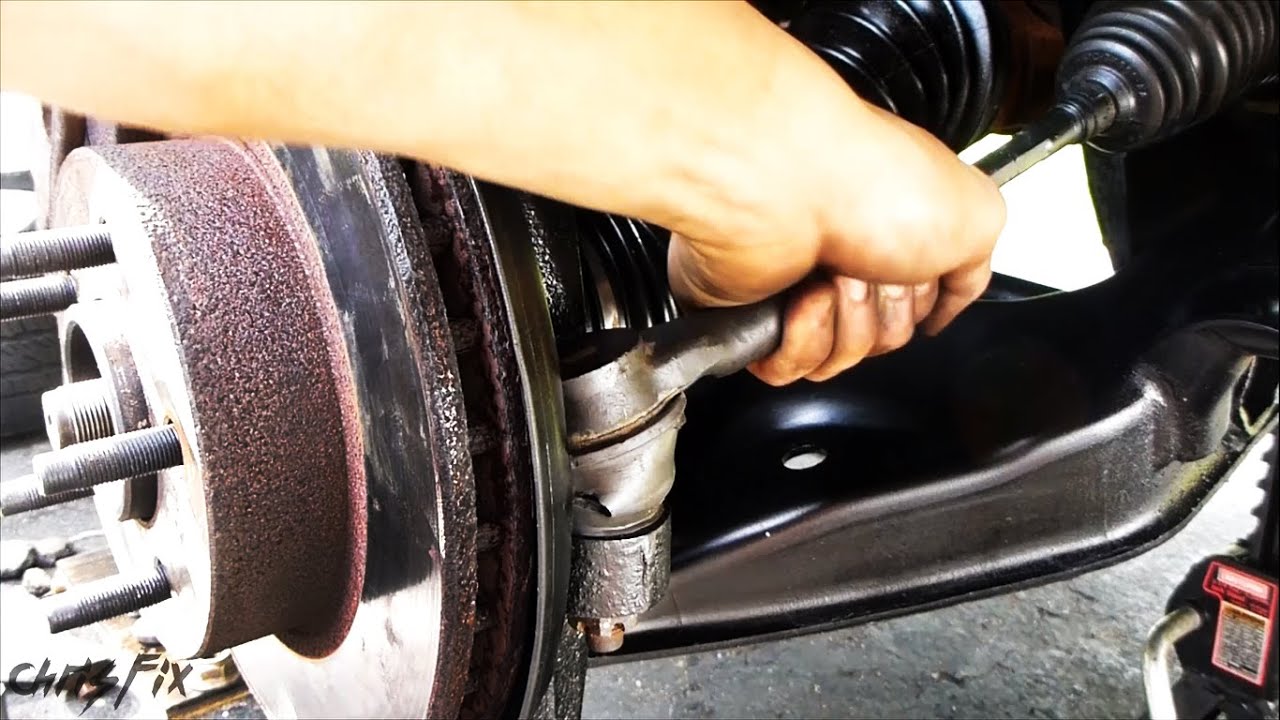Repairing an engine is something that most people would rather avoid. Is that so? When your engine develops problems, such as a rod knock, you may start to consider selling or trading in your beloved vehicle.
Find out what rod knock is, how to diagnose it, and what symptoms to look out for in this article. Here, we’ll go over all the information you need to know to avoid rod knocks.
Rod Knock Symptoms

There are a few telltale signs that indicate a rod knock, just like with any other system component in your car. Here are the symptoms:
Knocking sounds
A pounding sound is the most typical sign of rod knock. Turning on your automobile with a rod knocks installed may cause a pounding or knocking sound, similar to someone slamming metal on an iron door. Pressing down on the gas pedal will cause the noise to intensify.
Low oil pressure
Engine oil pressure drops when wear and tear increases in moving parts such as the crankshaft, camshaft, and bearings. When you initially turn the key to the ignition, this becomes more apparent.
Trigger the Check Engine Light
It may cause the oil light and check engine light to come on in your instrument cluster, which means there might be a problem with the oil pressure. Rod knock is indicated if, after a few minutes of idling or running the automobile, these lights go off and pressure returns.
Why does Rod Knock Happen?

The most common reason for rod bangs is when the engine’s internal components wear down or get damaged. How did the engine’s internal components become worn down? A low oil level or an irregular oil change is usually to blame.
Engine motor oil gradually degrades as it circulates through the engine, losing its lubricating qualities, viscosity rating, and density. Sludge and internal corrosion develop in engines as a result of all of these.
If you drive with the oil level too low, the pressure will be too low, and the oil won’t circulate properly. Excessive engine wear and damage may ensue from this. Rod knocking can be caused by a number of different mechanical issues. Some examples are;
- Defective or unfastened timing chain tensioner
- Damaged primary bearing
- Bearing on a worn water pump
- The flywheel or flex-plate has cracked or shattered.
- The alternator rotor bearings are worn.
Methods for Identifying Rod Knock
The symptoms of rod knock can be identified using these tried-and-true methods.
- Verify the oil’s condition and level.
- Remove the engine oil dipstick by finding it.
- Rinse it off using a rag.
- Make sure to observe the oil’s hue. Dirt motor oil is characterized by a murky or black hue.
- Put the dipstick back in place and take it out again to check it.
- Determine the level and condition of your engine oil. Engine banging, system wear, and damage can all be caused by dirty engine oil.
How to Fix a Rod Knock

If you hear a rod knock, it’s probably because of something on the engine’s inside. As we mentioned before, there are a number of potential causes of rod knock, some of which require costly repairs and others do not. Rest assured, your engine is still repairable.
There are a few things you can do to stabilize your engine and lessen the rod knock before you take it to the dealership or mechanic. Then you can fix it thoroughly.
First Step: Oil Changed Service
Lower a catch pan underneath your car and set it beneath the drain plug. Acquire a wrench and a socket of sufficient size. Loosen the draining plug located on the crankcase in order to remove the oil.
Reinstall the draining plug (also known as a sump bolt) and let all of the oil drain out. Adjust the torque on the sump bolt according to the dimensions provided by the manufacturer.
To remove the oil filter, use an oil filter wrench to turn it clockwise while holding the filter. Install a replacement filter and tighten the bolts to the manufacturer’s recommendations. Swap out the old oil for new, viscosity-rated motor oil.
If you are unsure of the amount of quarts your engine requires, be sure to check the oil level as you add the new oil. Usually, it requires about four or five quarts for a four-cylinder engine.
Second Step: Take the crankcase off and look at the bearing.
If the cap on the connecting rod becomes loose, it will make a knocking sound. Before retorquing the bolts, check that the con rod is securely fastened to the lid. You should check the bearings on the cod rod and replace them if they’re worn out.
Third Step: Fill the gas tank with additive cleanser
Refilling your gas tank at the gas station could introduce grime and dirt into your vehicle. Engine banging is caused by grit and grime being carried along by the fuel pump as it transports gas to the engine.
The dirt and rod knock can be removed by cleaning the fuel injection system. Fuel injection cleaners aren’t safe to use on older cars with carburetors. Alternatively, spray a carburetor cleaner into the carburetor.
Key Takeaways
Many people exaggerate the severity of rod knock, a complex engine condition, and assume that their car’s engine is completely toast. Your dealership or mechanic may be able to fix the problem without draining your bank account if you act quickly upon seeing the problem.





